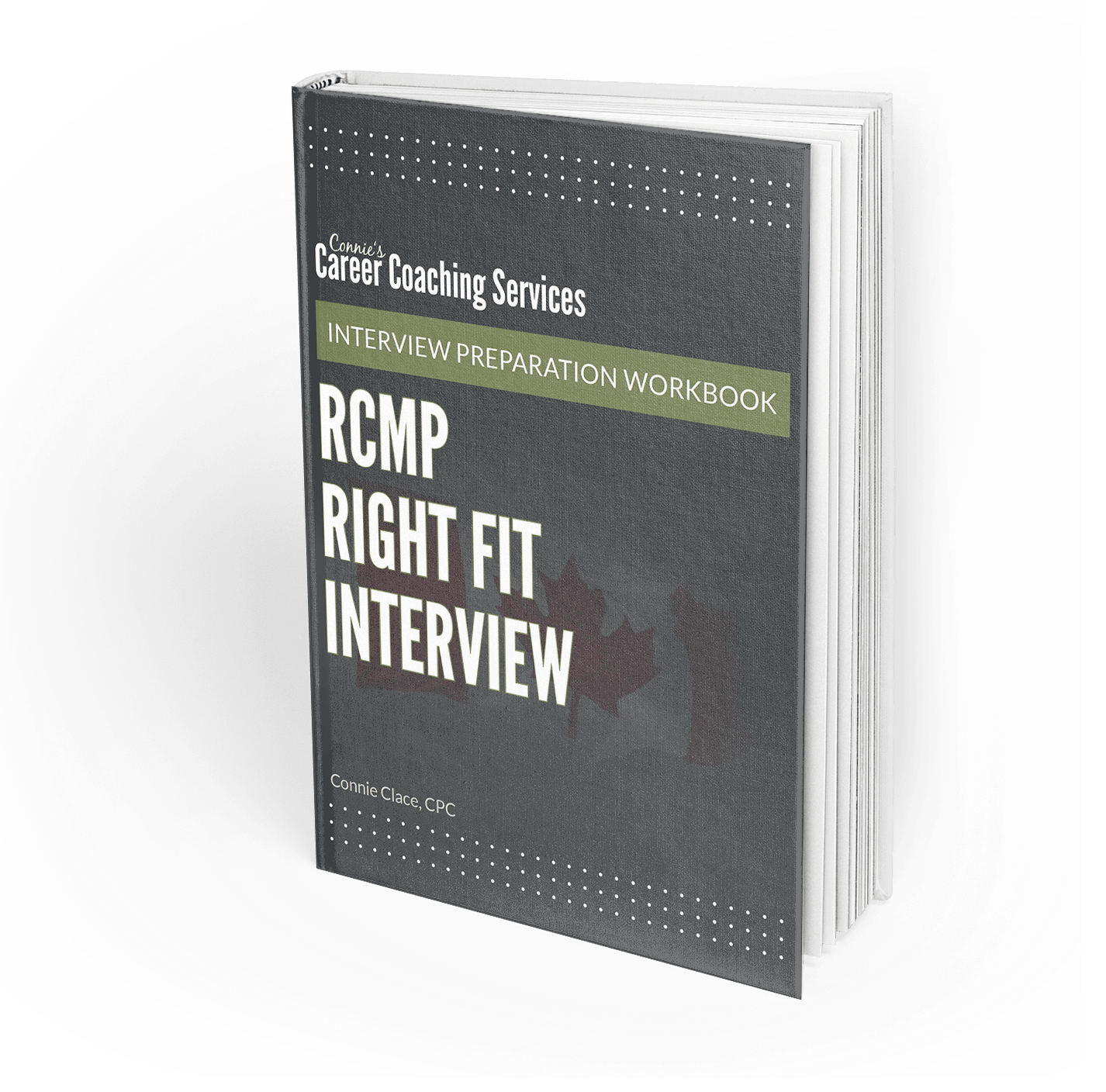RCMP Right Fit Interview Competency 2 Flexibility
As I continue my series breaking down the eight competencies being assessed by the RCMP during the Right Fit Interview (formerly Regular Member Selection Interview), we are going to focus on Flexibility. As I stated in my previous post, going through the RCMP Application Process and getting ready for the “Right Fit” Interview can be one of the most challenging stages of the process, and one not to be taken lightly.
At the interview, you will be asked behavioural and situational questions that will be used to assess if you meet this competency.
Taken from the RCMP Preparatory Guide for the Right Fit Interview, the definition for flexibility is as follows:
“Considers, adopts and changes behaviours in light of new ideas or work methods, and works effectively within a variety of situations and with various individuals or groups of diverse backgrounds and experience. Demonstrates a positive attitude and open-mindedness when faced with change. Can change gears or drop tasks unexpectedly when circumstances demand it.”
“Flexibility” for Behavioural Based Questions
The behavioural based question will target your past experiences that demonstrate that you can be flexible. When you’re considering what story to use, look at the definition, and ask yourself, does my story reflect the points of the definition? Does my action meet the the different components of the definition?
For example, you might be asked a question about a time when you modified your plans at the start of a project or task because you received new information. Or you might be asked to talk about a time when you had to change your point of view because of other information that you received.
When you are preparing for the interview, think about all of the times that you were flexible in dealing with certain situations. This doesn’t just have to be work related examples. You can use volunteer time, sporting events, or periods during your education. As long as you have several stories prepared that you can use during the interview that demonstrate you can be flexible. But keep your stories recent, within the past couple of years or so. The RCMP is looking for recent and significant examples of how you meet the competency.
Remember, when answering these questions, you will articulate your example using the S*T*A*R principle.
Situation
Task
Action
Result
“Flexibility” for Situational Based Questions
The situational question will be a hypothetical scenario that will assess how you would handle a certain situation.
The interviewer will provide you with a scenario and ask what you would do. You will respond by stating the action that you would take if faced with that situation, why you would take that action and what factors you considered. This is called the A*R*C principle.
Action
Reasoning
Considerations
You might get a question that asks what you would do if you were going to be late for work for reasons that were outside of your control. Or what you would do if you were assigned a new task or project prior to a previous one being completed.
Situational questions can be somewhat lengthy, so you have to be careful to pay attention to the entire question and focus on the parts that are relevant. Keep in mind that this is one action, but there will be a series of steps involved in completing that action. Go through in detail all of the steps that you would take, and why. Then, articulate what you considered when thinking about your what action would be.
As you can see, there is a lot to consider when focusing on this one competency. And as I continue to stress, you must be prepared. Have your examples ready and practice delivering them using S*T*A*R. Come up with sample scenarios on your own and practice answering them using the A*R*C principle.
Catch up on all parts of this series: RCMP Competencies.
Do you know someone who is faced with this challenge? Feel free to share this post by using the share links at the top of this page. Also, if you’d like more interview tips, feel free to check out the interview resource page.


Leave a Reply